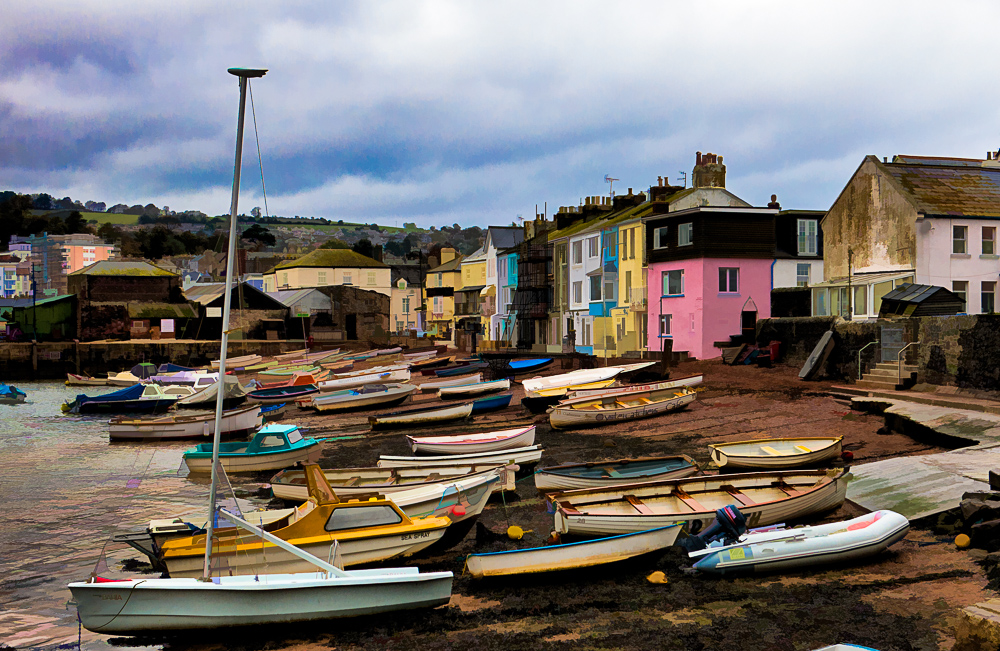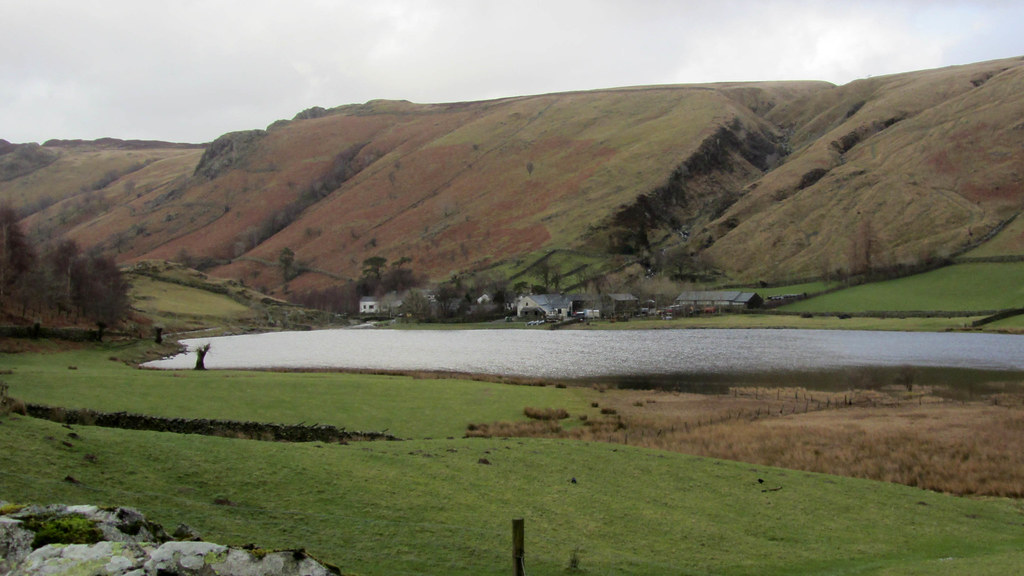I wondered what treasures I’d encounter if I searched on the exact phrase “Last place in [geographic area] to”… while leaving the remainder of the statement blank. For my initial effort I chose England. I figured England should produce interesting results because of its long history. Of course, I could also use a few more push-pins on my Complete Index Map, too.
England did not disappoint me. I couldn’t confirm the veracity of every claim made on the Intertubes although they all produced memorable stories whether accurately reflecting a final occurrence or not.
Last Invasion by a Foreign Power

The last invasion of England by a foreign nation took place in 1690 according to numerous sources. I found this claim more often than any other as a result of my query. The landing spot happened at Teignmouth, a town at the mouth of the River Teign as implied by the name, in Devon (map). A French fleet landed soon after it defeated an Anglo-Dutch fleet at the Battle of Beachy Head. The French turned their sights to the English coastline, landing at Teignmouth, and burned much of the town. They remained offshore otherwise and sailed home a few weeks later. Their brief invasion ended.
However Teignmouth wasn’t the last place invaded on the island of Great Britain, just the last one in England. A later force landed in Wales, an encounter called the Battle of Fishguard in 1797. The forces of the French First Republic, the government that rose from the French Revolution, attacked Fishguard in Pembrokeshire (map). They supported the Society of United Irishmen who were attempting their own revolution. The invaders lacked discipline and surrendered unconditionally within a couple of days, causing little impact or damage.
Last to Get Electricity

I felt less certain about a claim that Watendlath (map) became the last place in England to get electricity, as some attested. It may have held that title only for the Lake District. Watendlath joined the grid in 1978. Rugged terrain and remoteness contributed to its lack of amenities for much of the 20th Century. Watendlath sounded like a wonderful place, assuming one could get to it.
“The little hamlet of Watendlath, owned by the National Trust, sits high between the Borrowdale and Thirlmere valleys. It is 847 feet above sea level, with an attractive tarn surrounded by fells in a classic ‘hanging valley’… The hamlet is reached by a very narrow road with passing places, from the Keswick to Borrowdale road. This is a steep climb at first before crossing the famous Ashness Bridge, then past ‘Surprise View’ where it is possible to park and look out over the whole of the Derwentwater valley.”
Once again, however, a place in Wales beat out England. It didn’t hook its final town to the electrical network until later. The National Grid didn’t wire the village of Abergeirw in Gwynedd to the mains until 2008, just in time for Christmas.
Last Place with a Major Outbreak of Plague
England last experienced a significant outbreak of bubonic plague in 1665-1666, a contagion called the Great Plague of London. A hundred thousand people died.
The Black Death remained mostly on the southern side of England during this outbreak. Fortunes changed for the worse when a tailor in Eyam (map), a small town in Derbyshire, ordered cloth from London. His shipment arrived with fleas infected by Yersinia pestis, the bacterium responsible for bubonic plague. Fleas bit their hosts and townspeople began to die. Villagers behaved selflessly and heroically in the face of death.
“Terrified the disease would spread across the north, wiping out other towns and communities, the villagers realised there was only one option: quarantine. With the guidance of their rector William Mompesson, they decided to isolate themselves, creating a perimeter of boundary stones that they vowed not to cross … even those who were not showing any symptoms.”
Plague ravaged Eyam for more than a year, lasting well into 1667 before disappearing as quickly as it arrived. Within Eyam, “267 had been killed out of a population of 344.” Their actions contained the plague and halted its northward track although at a terrible price for those living inside their perimeter of stone.
Last Gibbeting

I love the English language. It has a word for everything, and if it doesn’t it gladly hijacks one from another source and adopts it as its own. Gibbet came from Old French. I’ll let the Online Etymology Dictionary explain.
“…a bent stick, small stick with a cross (13c.), diminutive of gibe club; hoe, perhaps from Frankish *gibb ‘forked stick.’ ‘Originally synonymous with GALLOWS sb., but in later use signifying an upright post with projecting arm from which the bodies of criminals were hung in chains or irons after execution’.”
Criminals sometimes met gruesome fates in Medieval times, even after death. Executioners invented a gadget called a gibbet, an iron frame designed to hold a dead body as it rotted and decayed in a public setting. It both disrespected the convict and warned others to follow the law.
One wouldn’t want body parts falling onto the village green at inconvenient moments so the gibbet held everything in place as crows plucked out the eyes and such. Sometimes, even more ghastly, villains were placed in a live gibbet where they died from dehydration and exposure before undergoing their postmortem display.
The last gibbeting took place in Leicester’s Guildhall in 1832 (map). The gibbet, long since emptied, remains on display at the city’s Guildhall Museum.

Leave a Reply